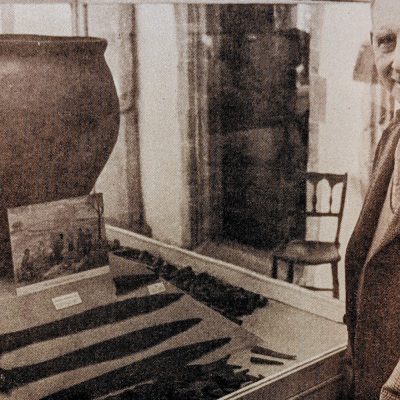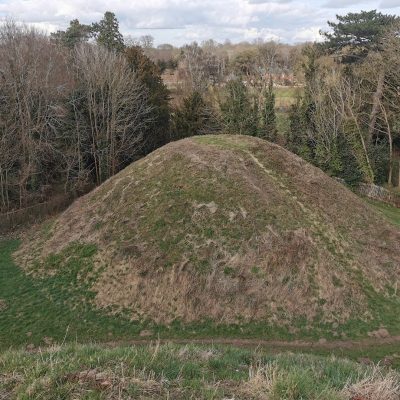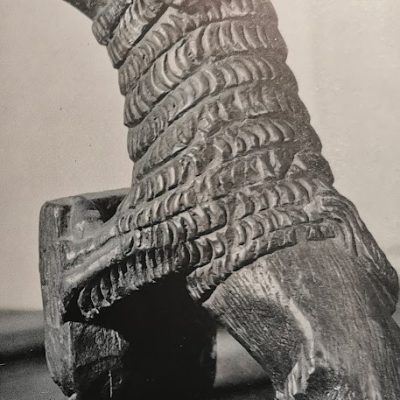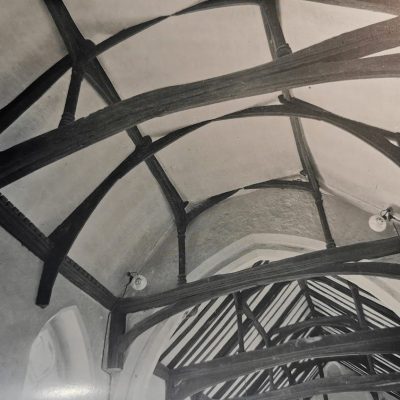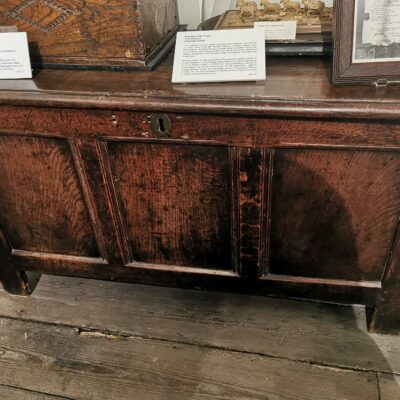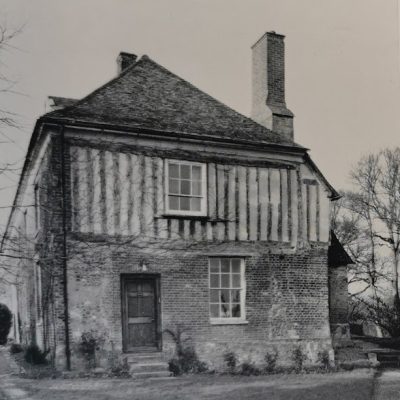Search by topic
- archaeology
- Building of Local Interest
- chapel
- charity
- church
- crime
- dressmaker
- fire
- Great Eastern Railway
- Listed building
- Mapping Relief
- medieval
- oral history
- poverty
- Public House
- Religious House
- Roman
- scholar
- school
- Then and Now
- tudor
- women
- work
- world war one
- world war two
Search by text
 War Memorial Ely 2025
War Memorial Ely 2025Cambridgeshire in the 20th century
Overview of Cambridgeshire in the 20th century
This is an edited AI generated summary of the evidence available on Capturing Cambridge for events and developments in Cambridgeshire during the 20th century. As such it will be periodically updated and checked as new material is uploaded. Comments are welcome.
The 20th Century in Cambridgeshire: A Detailed Historical Study Through Capturing Cambridge
The 20th century was a period of dramatic transformation for Cambridgeshire. Between 1900 and 2000, the county experienced rapid technological progress, suburban expansion, two world wars, welfare-state development, new industries, profound demographic change, and a cultural shift toward modern urban identity. Unlike earlier centuries, extensive photographic, architectural, and documentary records survive—many preserved through Capturing Cambridge. These materials allow a rich reconstruction of daily life, built environments, social movements, and community memory.
Throughout the century, Cambridge changed from a market-academic town into an international scientific and technological hub—while surrounding villages navigated agricultural modernization, commuting culture, and suburban absorption.
I. Context: Why the 20th Century Matters in Cambridgeshire History
Six major forces shaped the century:
1. World War I and II
Military recruitment, loss, relocation, and industrial-support roles reshaped communities and households.
2. Scientific and technological innovation
The expanding University, new laboratories, and later the science parks transformed Cambridge’s global relevance.
3. Transport modernization
Cars, buses, bicycles, new roads, bypasses, and the restructuring of railway lines changed mobility and settlement.
4. Suburbanisation, council housing, and planning reform
New estates, neighbourhoods, and green-belt policy redefined the urban footprint.
5. Immigration, multiculturalism, and social change
International students, wartime arrivals, and postcolonial migration diversified culture and economy.
6. Heritage awareness and community history
Preservation movements, museums, archives, emerged to protect memory.
These developments produced the foundations of present-day Cambridgeshire.
II. Case Studies from Capturing Cambridge (20th-Century Evidence)
A. War, Memory, and Community Identity
1. Mill Road Cemetery and World War I remembrance
Capturing Cambridge entries document individual servicemen, burial records, and family stories—revealing the human cost of conflict. Cambridge served as a major recruitment centre, and war memorials still mark nearly every parish.
2. Cambridge’s Home Front during WWII
Entries referencing air-raid shelters, barrage balloons, evacuation sites, and food rationing reveal how ordinary life adapted. Local industries supported national defence—printing, engineering, and research facilities.
3. Chesterton Air Raid Records
Chesterton’s wartime experiences—documented through oral history projects—capture memories of bomb damage, blackouts, and community mobilisation.
B. Housing, Planning, and Urban Expansion
4. Council estates and 20th-century social housing
Capturing Cambridge entries on estates such as Arbury, King’s Hedges, and Abbey provide detailed histories of postwar housing policy, community-building, and architectural change.
5. Newtown and early 1900s redevelopment
The transformation of overcrowded Victorian housing led to demolition, new social housing, and civic planning—reflecting modern sanitation standards.
6. The 1960s vision of Cambridge
Urban planning documents—referenced in Capturing Cambridge—show debates over high-rise flats, car-centred road networks, pedestrianisation, and conservation.
C. Transport, Industry, and Technology
7. The motor age and new road systems
Histories of East Road, Perne Road, Hills Road, and Newmarket Road describe widening schemes, new bridges, vehicle workshops, petrol stations, and shifting infrastructure priorities.
8. Closure and revival of railway services
The Beeching cuts of the 1960s reduced local transport options. Capturing Cambridge entries reflect community memory of vanished lines and stations—later reinstated in renewed rail development.
9. Cambridge Science Park (est. 1970)
Referenced indirectly in local business histories, the Science Park symbolised the technological transformation of Cambridgeshire—birthplace of the modern Silicon Fen economy.
D. Commerce, Shopping, and Public Culture
10. Cambridge shops and department-store history
Entries describing Coe’s, Joshua Taylor, Eaden Lilley, and smaller family businesses trace the evolution from independent high-street retail to chain-store dominance in the late 20th century.
11. Market Square continuity and change
Though historically medieval, Capturing Cambridge shows how 20th-century regulation, tourism, and pedestrianisation altered its function and appearance.
12. Pub culture and social belonging
Many 20th-century pub entries—especially along Mill Road, King Street, and Chesterton Road—document closures, refurbishments, and changing drinking culture.
E. Education, Science, and Social Reform
13. Postwar university expansion
Capturing Cambridge identifies former student houses, tutors’ residences, laboratories, and college extensions—evidence of the post-1945 increase in admissions, subjects, and research funding.
14. Women at Cambridge
Entries describing Girton, Newnham, and formerly male colleges highlight women’s gradual acceptance into full university membership in 1948—a major cultural milestone.
15. New schools and compulsory education
Histories of Parkside, Chesterton, and primary schools reveal responses to population growth and educational reform acts.
F. Immigration, Diversity, and Cultural Shifts
16. Mill Road as multicultural centre
Capturing Cambridge entries reference South Asian, Afro-Caribbean, Irish, and European communities—reflected in shops, restaurants, religious spaces, and oral history projects.
17. Faith communities and new institutions
Mosques, temples, synagogues, and non-Christian worship spaces expanded during the century—transforming cultural life.
G. Preservation, Memory, and Local Heritage
18. Museum of Cambridge and community history
Founded in 1936, the Museum evolved into a hub for heritage preservation, later launching Capturing Cambridge as a digital extension of public memory.
19. Conservation areas and historic-building protection
As 20th-century development threatened old streets, heritage efforts preserved buildings documented today on Capturing Cambridge—Bridge Street, Castle Hill, and historic inns.
20. Rise of local-history societies
Volunteer research, oral testimony, school projects, and archival digitisation—many incorporated into Capturing Cambridge—deepened community identity.
III. Themes Emerging from the Century
1. Urbanisation and suburban growth
Cambridge expanded dramatically beyond its medieval core—absorbing Chesterton, Cherry Hinton, Trumpington, and parts of Fen Ditton.
2. Scientific identity and global reputation
The 20th century positioned Cambridge as a world leader in research, computing, biotechnology, and innovation.
3. Social mobility and demographic change
Education, industrial diversification, and immigration reshaped class structures and cultural life.
4. Changing commercial landscapes
Family-owned shops, street markets, and traditional industries gave way to supermarkets, retail parks, and corporate offices.
5. Memory, trauma, and commemoration
War memorials, cemetery records, and oral histories preserve community resilience and loss.
IV. The Role and Limitations of Capturing Cambridge for 20th-Century Study
Strengths include:
– photographs, maps, and family archives
– business directories and census summaries
– pub and shop histories
– street-by-street architectural documentation
– wartime research, diaries, and local testimony
– extensive volunteer contributions
Limitations include:
– uneven rural coverage compared to Cambridge city
– limited documentation of industrial labour experiences
– gaps where redevelopment erased physical evidence
– ongoing reliance on community submissions
However, Capturing Cambridge remains the richest public resource for understanding lived 20th-century experience in Cambridgeshire.
V. Conclusion — The 20th Century and the Making of Modern Cambridgeshire
The 20th century did not merely reshape Cambridgeshire—it created its contemporary identity. Modern transport, the welfare state, multicultural communities, suburban neighbourhoods, university expansion, and the rise of Silicon Fen all originated or accelerated during this period. Capturing Cambridge preserves these transformations through stories, buildings, photographs, and archives—ensuring that everyday memory remains part of the historical record.
Through its layered evidence, we see how Cambridgeshire moved from horse-drawn carts and gas lamps to microchips, aeroplanes, and global research networks. The century’s architectural, cultural, and economic legacy surrounds residents today—in streets, schools, bridges, parks, houses, and workplaces.
The 20th century stands not as a historical endpoint, but as the beginning of the world Cambridgeshire now inhabits—dynamic, diverse, historically aware, and continually evolving.
Contribute
Do you have any information about the people or places in this article? If so, then please let us know using the Contact page or by emailing capturingcambridge@
License
This work is licensed under CC BY-NC-SA 4.0





